99 Learning Center results found.
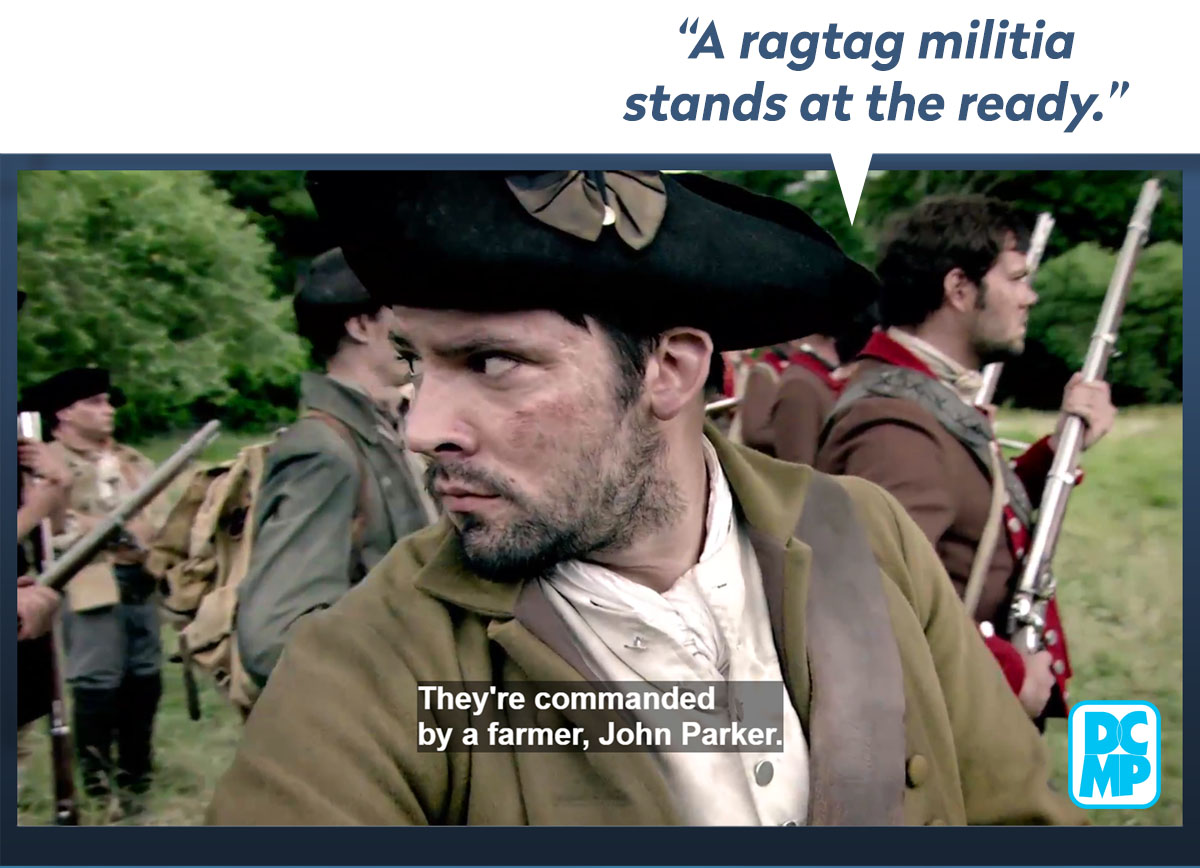
How to Access Audio Description on Your TV and Through DCMP
Television, movies, and videos are made accessible to people who are blind or visually impaired through the addition of audio description. Audio description is a secondary audio track with additional narration that describes important visual information in a video. It can be accessed in a number of ways, including through your TV remote through a button or voice controls, and DCMP's accessible video player. Instructions specific to many television providers and television sets can be found at the following link on the Audio Description Project (ADP) website:
From about description, consumers, technology, producers-and-distributors

The Language System of Audio Description: An Investigation as a Discursive Process
Philip J. Piety's study investigates the language used in a selection of films containing audio description and develops a set of definitions that allow productions containing it to be more fully defined, measured, and compared. It also highlights some challenging questions related to audio description as a discursive practice and provides a basis for future study of this unique use of language. From the Journal of Visual Impairments and Blindness (JVIB).
about research, description

Adding Audio Description to Television Science Programs: What is the Impact on Visually Impaired Viewers?
Science programs on television present much of their information only visually. For people who are visually impaired this reliance on visual cues limits access to the learning and enjoyment such programs offer. Emilie Schmeidler discusses the intent to provide visually impaired people with more access to the programs' content and to make viewing more satisfying by ensuring that people with disabilities have the same access to information and opportunities that people without disabilities do.
about research, description
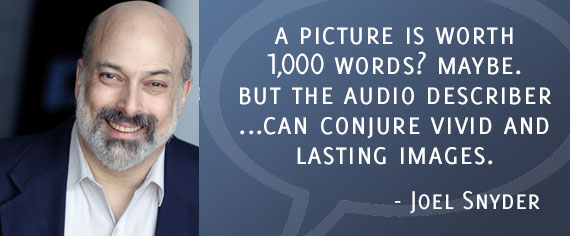
The Audio Description Project: Promoting Accessibility for Students Who Are Blind
The BADIE contest promotes the Benefits of Audio Description in Education by inviting young people who are blind or visually impaired to view a video with audio description and write about their experience. Audio description is a secondary audio track with additional narration that describes vital visual information. The contest is hosted by the American Council of the Blind’s Audio Description Project (ADP) and the Described and Captioned Media Program (DCMP).
From about blindness, collaborators, description

YouDescribe – How You Can Add Audio Description to Any YouTube Video!
This an archive video of the Video Description Research and Development Center webinar #3 - YouDescribe – How You Can Add Audio Description to Any YouTube Video!. The webinar occurred May 30, 2013. Learn about YouDescribe, the exciting new tool developed by the Video Description Research and Development Center (VDRDC). YouDescribe is a free tool that anyone can use to add description to YouTube videos. YouDescribe includes everything needed to create description; all you need to provide is a microphone. In addition, YouDescribe has a free embeddable player which can be used to include described videos on your own site.
about webinar, description, consumers

On the Need for Usable Videos for Deaf-blind Students and How It Can Be Met With Captioning and Description
The Described and Captioned Media Program (DCMP) is a national non-profit that is
federally funded to serve as a free-loan media library of accessible educational videos
for K–12 students who are deaf, hard of hearing, blind, visually impaired, or deaf-blind.
DCMP recently conducted interviews in order to determine how accessible videos are
used in the classroom with students who are deaf-blind and what other options need to
be included in order for these videos to meet the widest need possible.
about deaf-blind, educators

Video Services for the Blind and Visually Impaired Population
For 12 million Americans who are blind or visually impaired, 1990 marked a new era promising fuller access to television programming through an innovative service called Descriptive Video developed by Boston public broadcaster, WGBH. This report, written and disseminated by WGBH, overviews the benefits of description and parallels those benefits with those of captioning. For example, the author notes, "Descriptions can also be useful when a viewer is doing several things at once, needs to attend to something, or leaves the room during a program. While these uses are not the original intent of the service, they need to be taken into account when considering the potential audience for and potential benefits of video description." It stands to reason that description can benefit everyone.
about description
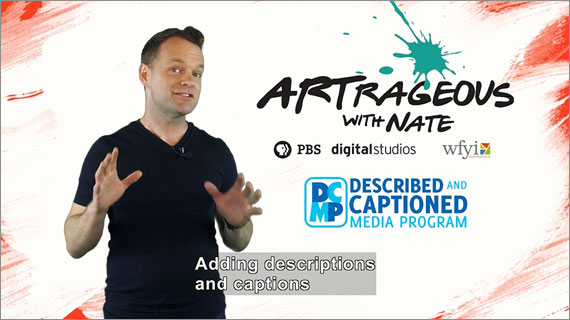
Artrageous with Nate - The Importance of Accessible Video
Nate Heck is the creator and host of the Emmy award winning program Artrageous with Nate, which we're proud to bring to our members. Nate creates high-quality, engaging educational videos, and he and his team graciously partnered with DCMP to make them accessible to kids who are blind or deaf. Nate is passionate in his belief that all children have the potential for creativity, and has been called “the Bill Nye of the art world.”
about captioning, description

Accessible Video: What Does that Mean?
Videos can be a terrific medium for driving the point home, as long as the time is taken to ensure they'll drive that point home for everyone – including those with impairments that might make audio or visual information difficult to process. Overviews captioning and description, and discusses the importance of each. By Carlin Headrick, Learning Insights, 2013.
about captioning, description
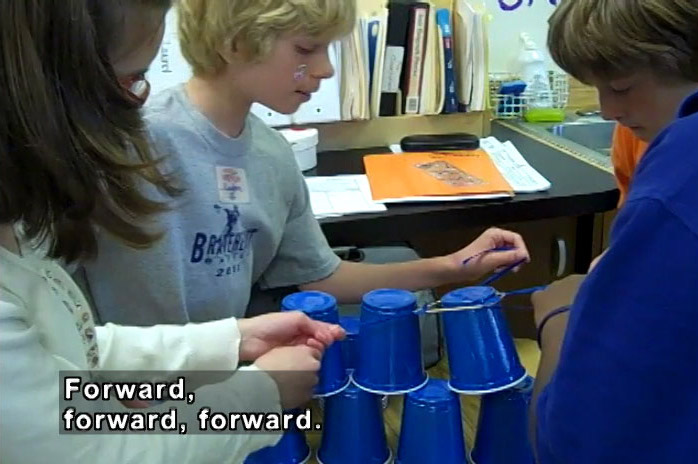
Social Skills: Putting the "C" in Cool
In May 2011, the Texas Education of Blind and Visually Impaired Students Advisory Committee offered teachers, parents, and students with visual impairments across the United States and Canada an opportunity to submit a short video on the theme, "Social Skills: Putting the ‘C’ in Cool." The contest provided a perfect opportunity to highlight a favorite lesson to teach social skills at home, school, or in the community.
about educators, description
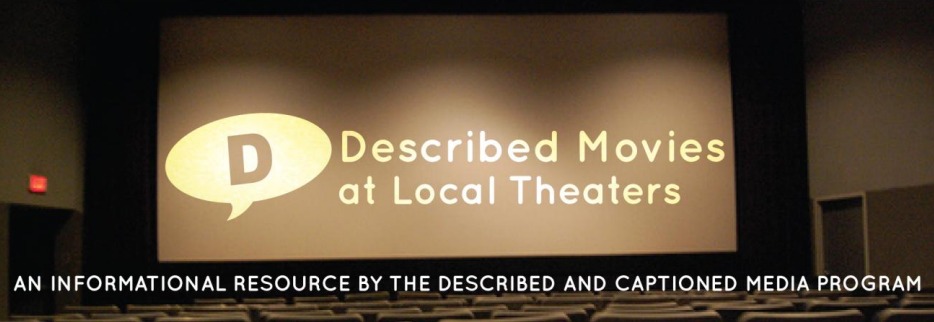
Described Movies at Local Theaters
If you're the movie-watching type, you know that you get to enjoy great films the way they were meant
to be enjoyed: on the big screen. Watching a movie in a theater allows you to enjoy technically
illustrative audio and be mesmerized by bigger-than-life visuals. It allows you to fully empathize with the
characters, lose yourself in the dialogue, and fully engage with and follow the plot. But what if you
couldn't see? You couldn't be mesmerized by these visuals. You wouldn't be able to empathize with the
characters as well if you couldn't decipher what they looked like, especially if a character has a
particularly important feature used to identify and differentiate him/her from others. Could you
differentiate between voices? Would you be able to follow the plot as well as if you had sight?
about description, consumers
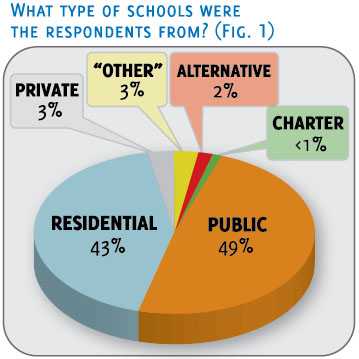
DCMP Survey of Educators Reveals Great Potential for Described Educational Video
In April 2009 the Described and Captioned Media Program (DCMP) solicited input from teachers of students with visual impairments (TVIs) around the U.S. in an attempt to measure the awareness of the availability of described educational video-based media (i.e., video) and to uncover trends concerning overall video usage among TVIs. An online survey was publicized by way of various e-mail lists, websites, and professional development organizations; this effort resulted in 222 unique responses, summarized in the various sections below.
about educators, research, description
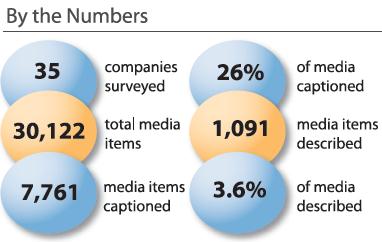
Educational Media Producer and Accessibility Survey Results
In June 2008 a survey was conducted of the top 35 educational media producers/distributors in the United States. Each company was asked about its products and whether they were accessible, either via captioning or description (or if both were available), whether they were familiar with either accessibility option, and how many of their customers requested either or both on the media items they intended to purchase.
about educators, research, captioning, description

Subcommittee on Telecommunications and the Internet 2008
Larry Goldberg, the Director of Media Access for WGBH in Boston, delivers a testimony to Congressional members of the ''Twenty-first Century Communications and Video Accessibility Act of 2007'' subcommittee regarding the efforts undertaken by WGBH and NCAM to ensure accessibility in the digital age. Topics covered include the following: a brief history of captioning and audio description, some of the accessibility challenges faced by producers in moving their content to the Internet, the development and goals of the Internet Captioning Forum, and the need for standardization of captioning formats for the Web.
about history, research, captioning, description

Guidelines For Audio Describing Meetings And Presentations
Sign language interpreters are a necessary accommodation for people who are deaf and use signing as a
means of basic communication. They are necessary in courtrooms, hospitals, meetings and virtually any
situation in which there is an interaction between people who are deaf and those who communicate only
orally. Because blindness or vision impairment does not necessarily present a fundamental barrier to
communication, parallel accommodations have usually not been sought or even considered necessary for the
aforementioned venues and situations.
From Elizabeth Kahn about manuals-and-guidelines, description